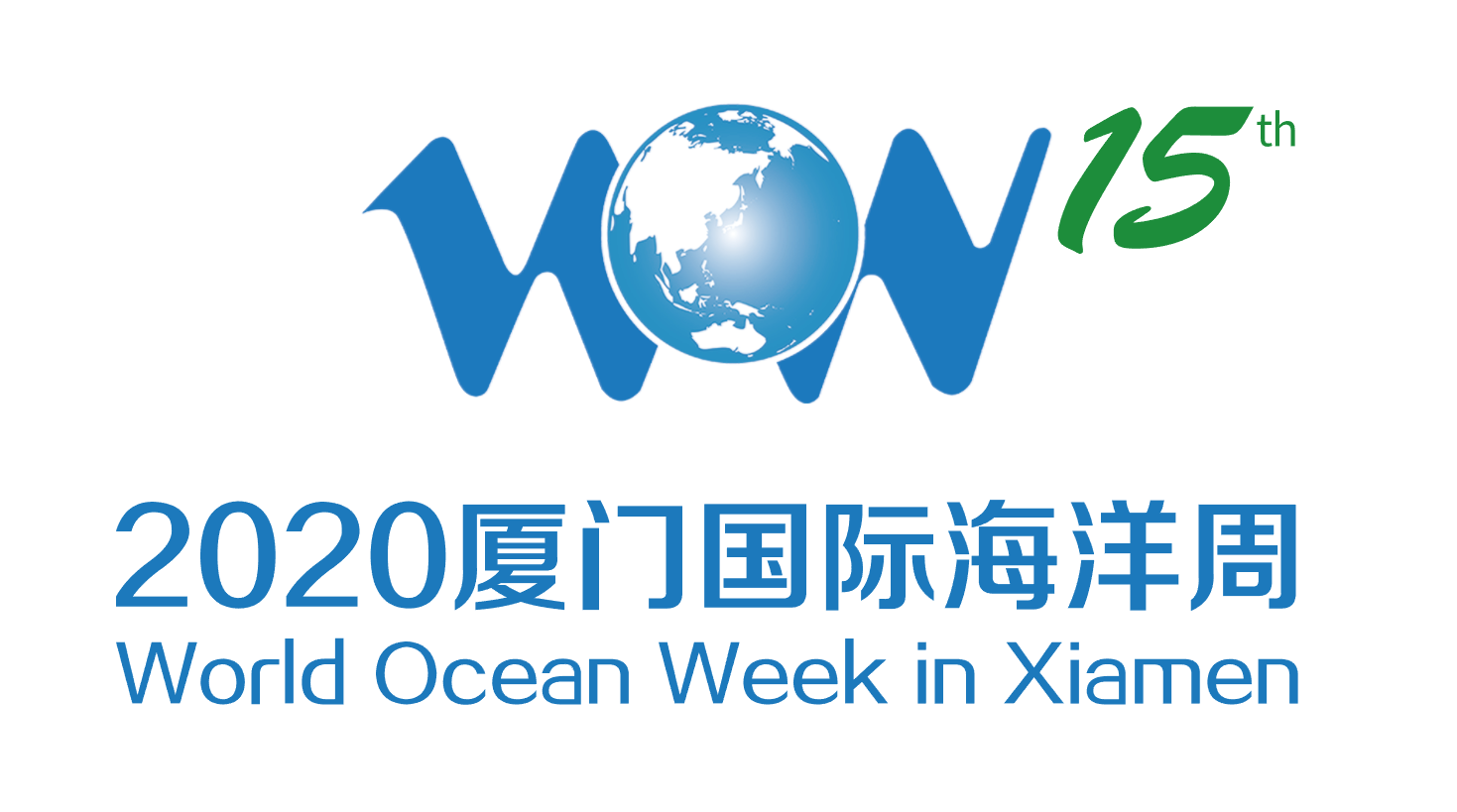Major events in PLA's history 1937-1945
1937
In mid-January 1937, the leading organs including the Central Committee and the Central Military Commission of the CPC transferred from Bao’an County to Yan’an, a city in northern Shannxi Province. In the following 10 years, Yan’an became the seat of the headquarters of the Chinese revolution.
On July 7, 1937, the Marco Polo Bridge Incident broke out, which was the prelude of the struggle of all the Chinese people against the Japanese aggression.
From August 22 to 25, 1937, the Political Bureau of the CPC Central Committee held the Luochuan Meeting. The meeting decided to establish a new Central Military Commission of the CPC and made the military strategic guideline that the armed forces under the leadership of the CPC would fight independent guerrilla warfare in mountainous areas to resist against Japanese aggressors.
On August 25, 1937, the Central Military Commission of the CPC issued an order to reorganize the First, Second and 4th Front Armies of the Chinese Workers’ and Peasants’ Red Army into the 8th Route Army of the National Revolutionary Army.
On September 25, 1937, the 115th Division of the Eighth Route Army ambushed Japanese troops successfully at the Pingxingguan Pass and achieved a great victory. This was the first great victory won by the Chinese armed forces since the start of the nationwide War of Resistance against Japanese Aggression.
On October 10, 1937, the 2nd Route Army of the Northeast Anti-Japanese United Forces was founded.
On October 12, 1937,the Kuomintang government announced that the Red Army guerrillas in 8 provinces in south China should be reorganized into the New Fourth Army of the National Revolutionary Army.
On November 7, 1937, the Shanxi-Chahaer-Hebei Military Area Command of the Eighth Route Army was founded.
1938-1939
In May 1938, the Problems of Strategy in Guerilla War against Japan and the On Protracted Warwritten by Mao Zedong were published. Mao Zedong foresaw in his articles the developing process of the War of Resistance against Japanese Aggression and pointed out the correct way to obtain the victory of the anti-Japanese war in the whole nation.
On May 30, 1939, the Third Route Army of the Northeast Anti-Japanese United Forces was set up.
1940
On August 20, 1940, the Eighth Route Army launched a large-sized campaign involving 100 regiments. This campaign, popularly called "Hundred-Regiment Campaign" was the biggest attack led by the Chinese Communist Party against the enemy during the war. The campaign, including 1,824 battles, wiped out 20,645 Japanese troops and 5,155 puppet soldiers. This campaign played an important role in the anti-Japanese war. It proved that the Chinese Communist Party and the anti-Japanese armed forces led by it represented the backbone of the struggle against the invaders.
On November 7, 1940, the Northwest Shanxi Military Command of the Eighth Route Army was set up.
1941-1943
On January 20, 1941, the headquarters of the New Fourth Army was re-established after the Southern Anhui Incident. (Nine thousand Communist Party of China (CPC)troops led by Commander Ye Ting arrived in the area of Maolin in southern Anhui Province, where they were encircled by 80,000 soldiers from seven divisions of Kuomintang on January 6, 1941. The CPC troops fought for seven days and nights, but were hopelessly outnumbered and only 2,000 escaped. Deputy commander Xiang Ying was killed and Ye Ting taken captive. This was the Southern Anhui Incident, which shocked China.)
In March 1943, the 115th Division of the Eighth Route Army and the Shandong Military Area Command merged to form the new Shandong Military Area Command.
On December 2, 1943, the Dongjiang Column of the Guangdong People’s Anti-Japanese Guerilla was set up.
1944-1945
In March 1944, the Qiongya Independent Column of the Guangdong People's Anti-Japanese Guerilla was set up in Hainan Island.
From April to June 1945, the CPC Central Committee held the 7th National Congress of the CPC in Yan’an, at which the CPC called the troops in the Liberation Areas to have a transition of military strategy and get ready for an overall counteroffensive against the Japanese invaders.
On August 9, 1945, Mao Zedong published his statement The Last Round with the Japanese Invaders. Afterwards, Zhu De, commander-in-chief of the Eighth Route Army, issued the order to launch the counteroffensive against the Japanese aggressors.
On August 20, 1945, the Shanxi-Hebei-Shandong-Henan Military Area Command of the Eighth Route Army was founded.
On September 2, 1945, representatives from the Empire of Japan signed the Japanese Instrument of Surrender in Tokyo Bay aboard the USS Missouri. China’s War of Resistance against Japanese Aggression closed with a total victory.
On September 21, 1945, the CPC Central Committee issued a directive on enlarging the number of the PLA and organizing the PLA troops into field armies or field army corps. The PLA accomplished its strategic transition organizationally and systematically from guerrilla warfare to mobile warfare.
On October 7, 1945, the troops of the Shanxi-Hebei-Shandong-Henan Military Area Command were grouped into 4 field columns.
In early October, 1945, the First Field Army of the Chinese People’s Liberation Army (PLA) came into being on the basis of the troops of the Shanxi-Chahaer-Hebei Military Area Command of the Eighth Route Army.
On October 25, 1945, the Central China Military Area Command of the PLA was set up.
On October 30, 1945, the Central Plain (the middle and lower reaches of the Yellow River) Military Area Command of the PLA was established.
On October 31, 1945, the Northeast People’s Autonomous Army was founded.
On November 4, 1945, the Second Field Army of the PLA was formed on the basis of the troops of the Shanxi-Hebei-Shandong-Henan Military Area Command.



 闽公网安备 35020302000788号
闽公网安备 35020302000788号